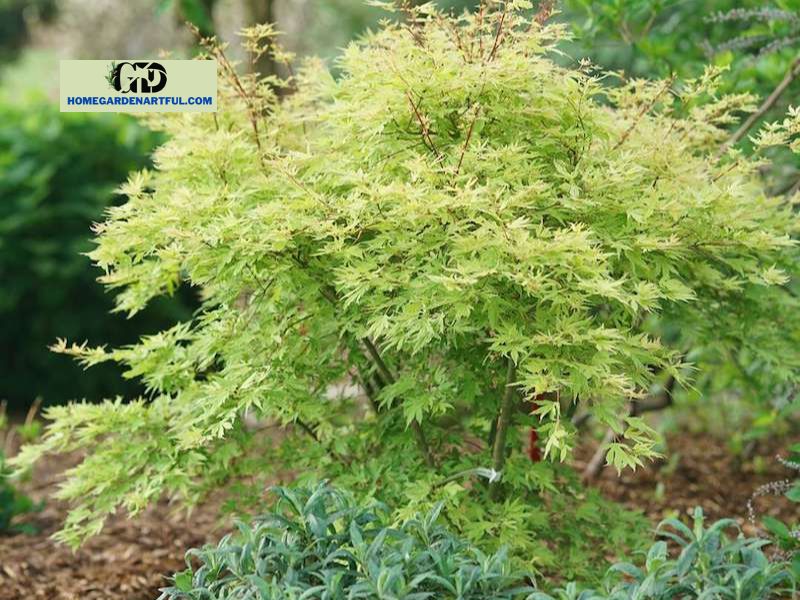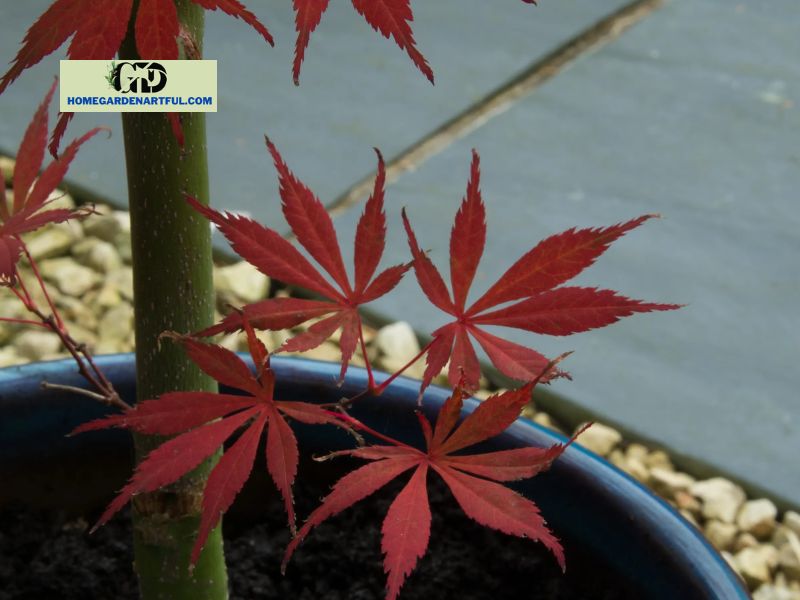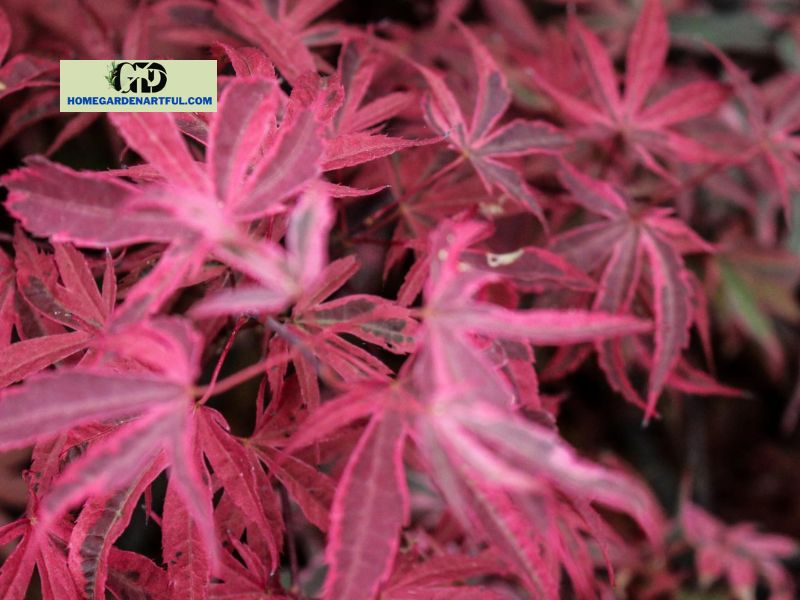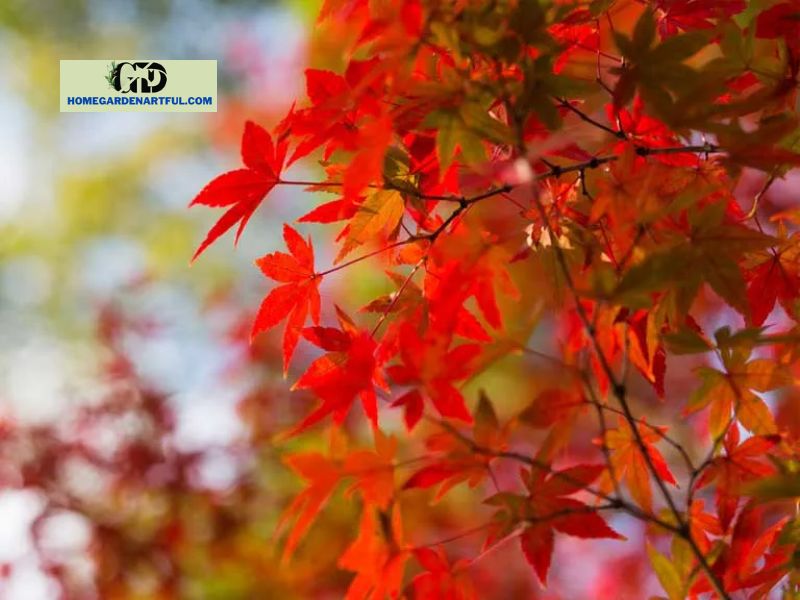Transplanting Japanese maple might be a difficult task, but it is important if you wish to relocate the tree.
Japanese maples can be sensitive to environmental changes, so it’s critical to take the right precautions while transplanting them.
The most important step in transplanting a Japanese maple is removing it from the ground. This can be a tricky process because you want to prevent causing as much damage to the tree’s roots as possible.
Timing is also key since transplanting a tree during the wrong season can cause stress and even death.
However, with the correct equipment and skills, you can successfully transplant a Japanese maple and relish its beauty for many years. Discover at homegardenartful.com!
How Well Do Japanese Maples Transplant?

Japanese maples can be transplanted successfully if the procedure is followed correctly and the proper circumstances are satisfied.
Before attempting to transplant a Japanese maple tree, it is critical to examine the size as well as the age of the tree, soil conditions, the season, and the transplanting process.
A transplanted Japanese maple can thrive in its new place with proper care and attention.
The Factors Influencing Transplanting Japanese Maple
Tree Size: Smaller trees are simpler to transplant than larger trees. Trees that grow less than 6 feet tall as well as having a trunk diameter of 2 inches or less should be transplanted.
Tree Age: Younger trees transplant well than older trees. Trees under 10 years old are simpler to transplant than older trees.
Season: The dormant season, which lasts from late fall to early spring, is the greatest time to transplant a Japanese maple. Transplanting a tree during the growing season can stress it and diminish its chances of survival.
Soil Requirements: Japanese maples appreciate well-drained, organic-rich soil. Make sure the new area has the proper soil conditions before transplanting.
Transplantation Method: The technique is critical for successful transplantation. After transplantation, the root ball should be kept intact, as well as the tree should be properly hydrated and cared for.
When Is It Too Late to Transplant a Tree?

While it is easy to transplant trees of virtually any size, there comes a time when it is no longer practicable or feasible.
Tree size: Trees with trunk diameters greater than 4 inches tend to be too huge for transplanting.
Tree age: Trees older than 20 years are usually regarded as too old to transfer.
Overall well-being: Stressed, diseased, or injured trees may not endure the stress of transplantation.
Trees with large root systems may be more challenging to transplant and may not survive the transplanting process.
Considerations
There are various elements to consider before transplanting a Japanese maple to ensure the tree’s success.
Tree Age and Size
Trees that are younger and have smaller root systems are often easier to transplant than older, more established trees.
Larger trees will require a larger root ball to ensure stability and survival following transplantation.
Root Ball Size
The root ball should be big enough to support the tree’s size while also including enough roots to support the tree’s health and growth.
In overall, the root ball should be at least as wide as the canopy of the tree and as deep as the root system.
Tree Health Stressed or unhealthy trees are less likely to make it through the transplanting process. Inspect the tree for signs of disease, pest infestation, especially drought stress before transplanting.
New Location’s Growing Conditions
Japanese maples prefer well-drained, organically rich soil. To ensure the tree’s successful growth and health, the new place should have identical growing conditions to its existing location.
Furthermore, the tree should be planted in an area that receives enough quantity of sunlight and shade for its individual demands.
When Is the Best Time to Plant Japanese Maple Trees?

The optimal time to transplant a Japanese maple tree is in its dormant season, which lasts from winter to early spring, right before the tree starts to bud.
The tree’s root system is less active during this phase, making it easier to transplant without inflicting too much shock.
Transplanting a Japanese maple tree throughout the growing season, particularly in direct sunshine or at high temperatures, can create stress and result in leaf burn or even death.
It is not a suitable time to transplant if the ground is frozen or the climate is too harsh.
Transplanting a Japanese Maple
Following the preparation of the tree and its new growing location:
Start by excavating a trench around the tree, approximately two feet away from the trunk. This will assist you in locating the root ball’s edge.
Dig beneath the root ball: Dig beneath the root ball using a pointed spade. As you dig, make sure to maintain the root ball intact.
Lift the tree carefully out of the ground once the root ball is loose. To avoid damage, make careful supports for the trunk and root ball.
Moving the tree: Move the tree as soon as possible to its new spot. During the relocation, prevent exposing the roots to direct sunshine or wind.
Conclusion
Japanese maples are well-known trees that can be found in almost any landscape. These graceful trees, known as Acer palmatum, are well-known for their compact growth and intriguing branch structure, as well as variegated foliage in red, purple, and green tones. Japanese maples make excellent focal, structural plants in the garden and should be planted in a position where they may thrive for many years.


